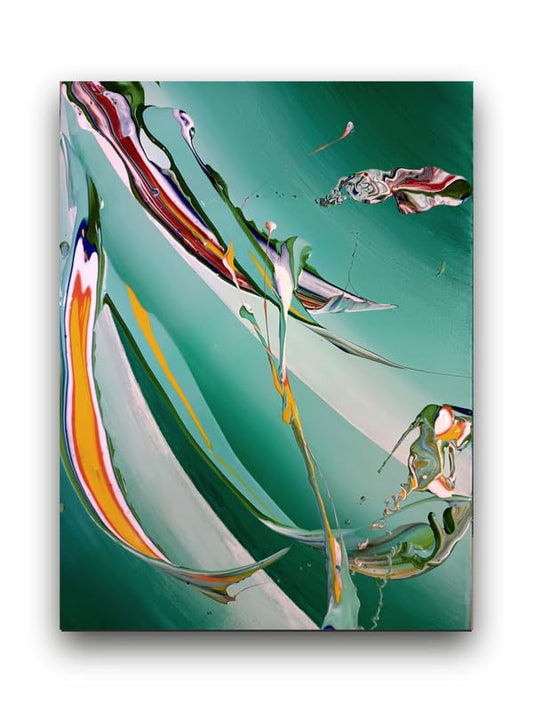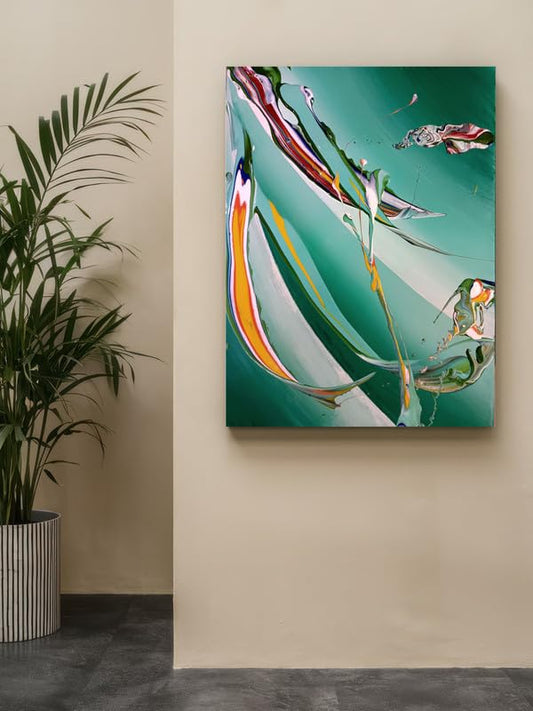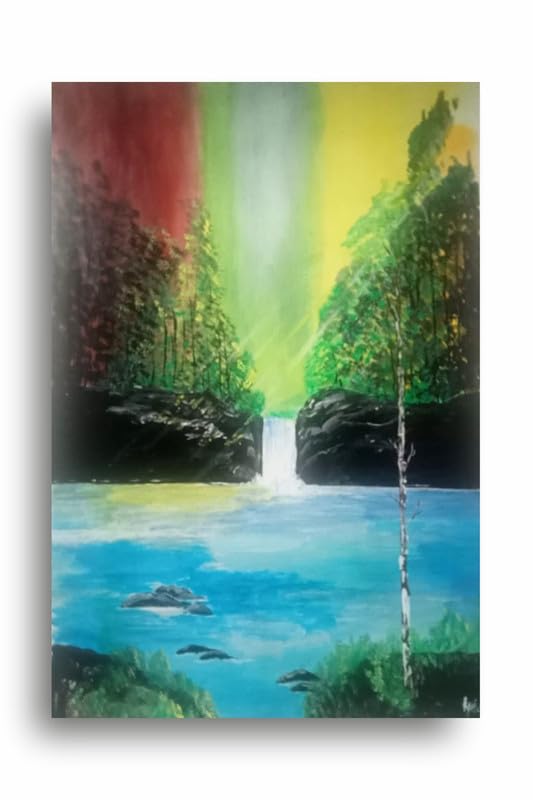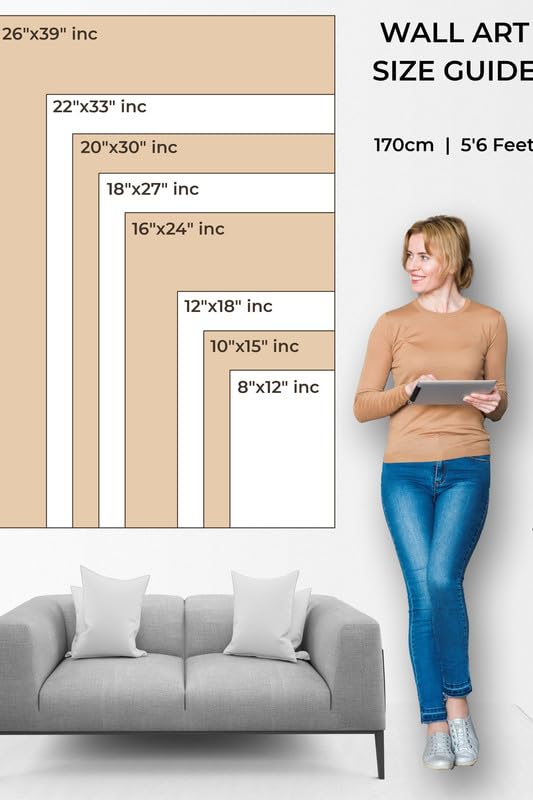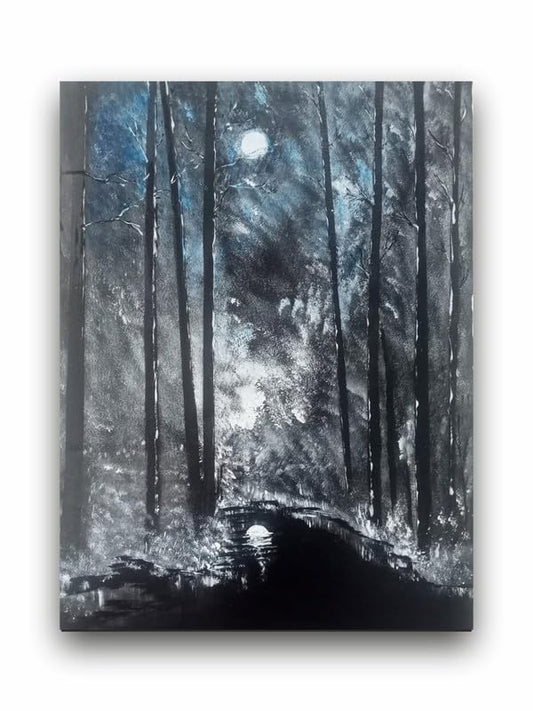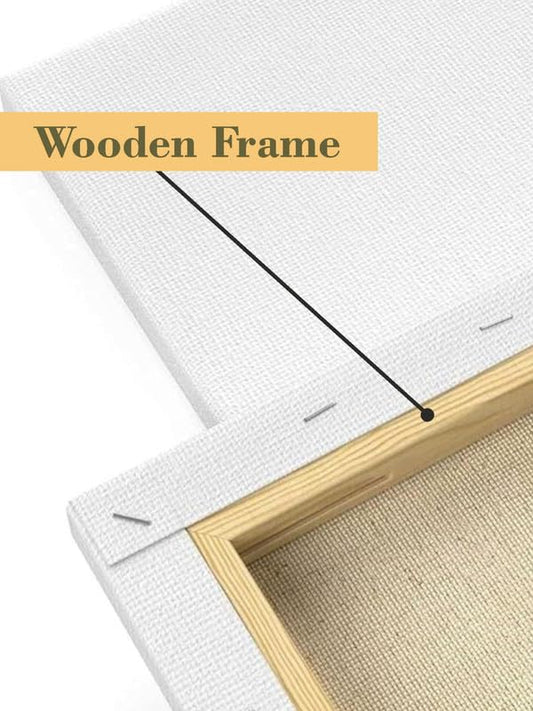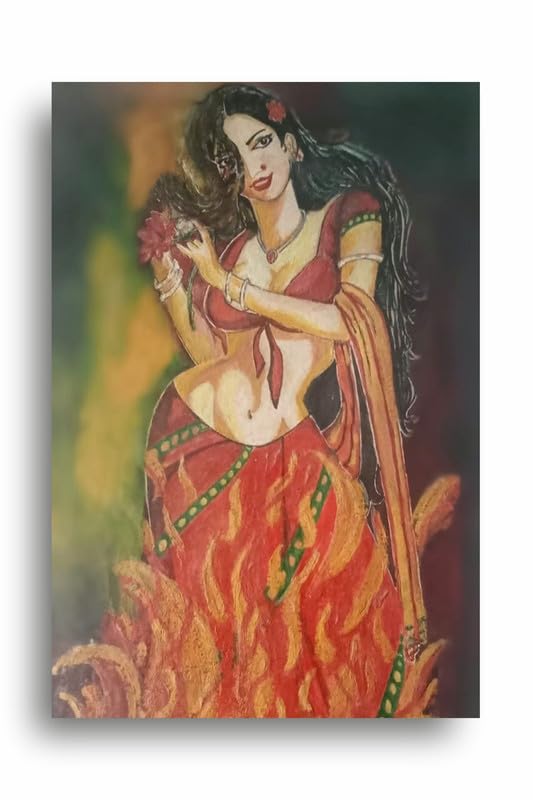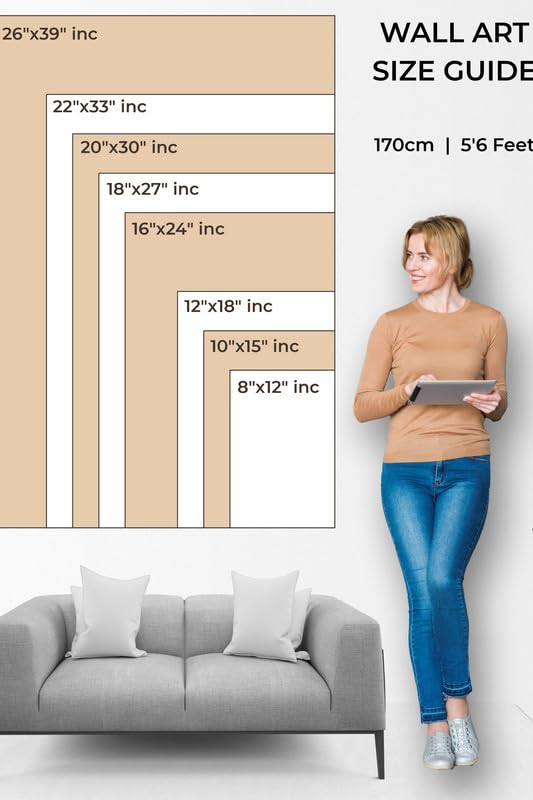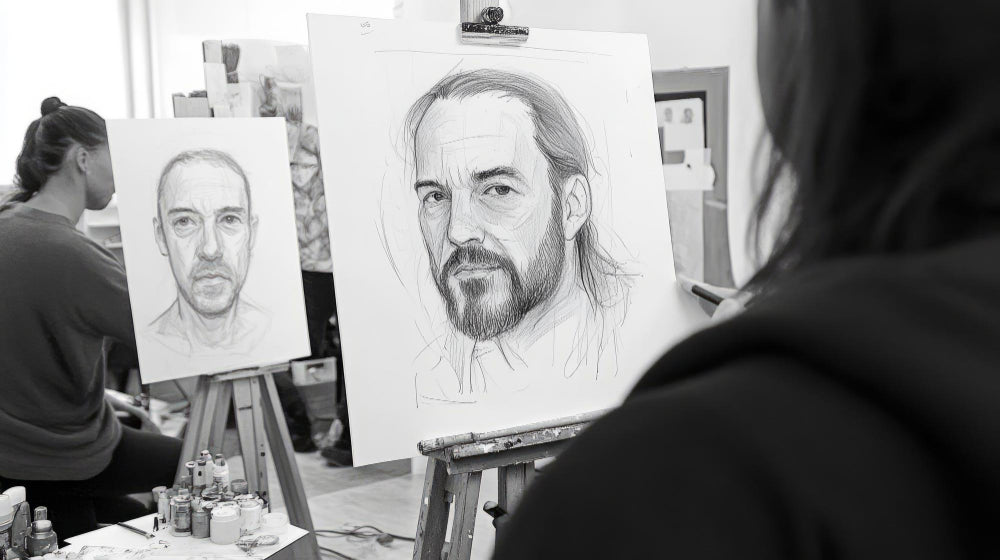
Drawing Faces from Every Angle: A Step-by-Step Tutorial
Drawing Faces from Every Angle: A Step-by-Step Tutorial
Mastering the skill of drawing faces from every angle is a technique for any artist to gain, be you a beginner or an experienced illustrator. With the mastery of the skill, you are able to create far more dynamic and realistic portraits of people. In this blog we will break down how to draw faces from multiple angles step by step to capture a face's essence, regardless of angle.
1. Knowing Basic Proportions
Before attempting to create various angles, one must be aware of the proportion of a human face. Bisecting the face into thirds defines proportions: that the top third follows the hairline across to eyebrows, the middle third from the eyebrows to the bottom of the nose, and the bottom third follows from the bottom of the nose down to the chin. Thus the eyes sit about midway down on the head, the ears align with the eyes and the bottom of the nose.
Learn these proportions so your facial features don't shift when the head is turned.
2. The Loomis Method: Constructing the Head
A very popular way of drawing heads from views is known as the Loomis method that begins by drawing a sphere to show the cranium, and then guidelines would be drawn from this sphere showing the brow line, center of the face, and chin. These guidelines help you keep up right proportions and symmetry no matter the orientation of the face.
For front view, guidelines are horizontal and bifurcated directly down the center. For side and angled views, the vertical line (center of the face) curves to show the head tilt.
3. Drawing Faces at Different Angles
Front View
Draw an oval or circle. Add a vertical line down the center and a horizontal line across the middle, which indicates the eye line. From here, position your nose, mouth, and chin at proper distances based on the proportions you've learned.
Three-Quarter View
The head is turned three-quarters and thus indicates a bit more of one side. Begin with the sphere. Imagine you draw a vertical guideline curving around the head to suggest the front side of the face. Of course, the eyes, nose, and lips will follow the curved guideline. You will see the farthest eye as a small one because of perspective.
Profile View
For a profile (side) view, again start from the sphere and draw a straight line along the side of the head for the facial features. In a profile, these lines are unbroken: forehead, nose, lips, and chin. Ensure you space your features correctly using your understanding of proportions.
4. Adding Details
After you draw the basic figure of a face, go ahead and add finer details. You might shade in the eyes to make them deeper, draw your nose shape, and then detail out your lips. You remember how shadow and lighting changes with angle, so this makes your face look three dimensional.
5. Practice different perspectives
Practice is the only way to know how to draw all the facial structure angles. Start with simple angles such as the front view or three-quarter view with a good profile then try more demanding angles like looking up or down. Such angles will undoubtedly make you more skillful and will give you your full artistic range.
Conclusion
Your time may get wasted, but you will very easily draw faces in various angles by breaking up such a complicated task into few easy steps you can follow step by step. You'll learn techniques for how to build heads using the Loomis method and practice drawing faces from all angles, until you feel really confident about doing so. Just keep practicing-it won't get better than this.
Drawing Faces from Every Angle: A Step-by-Step Tutorial

